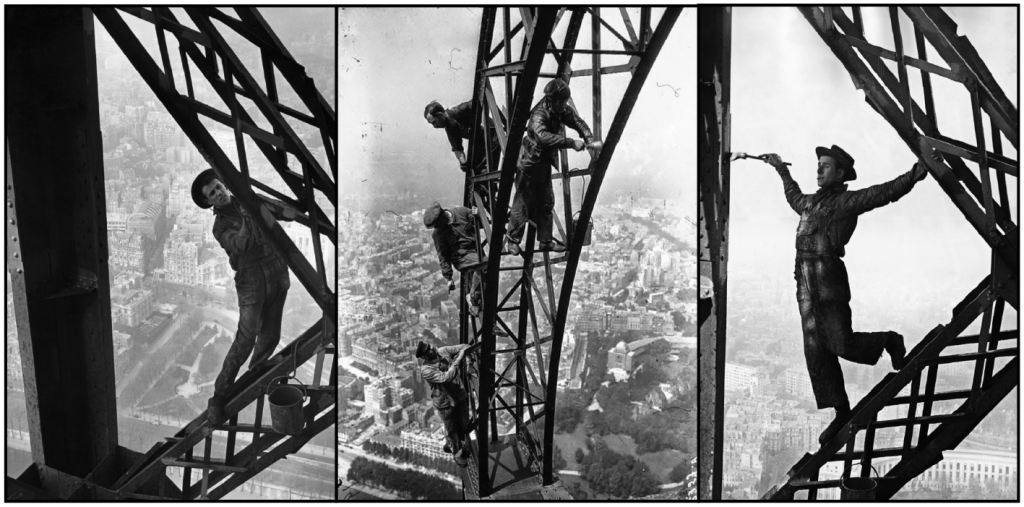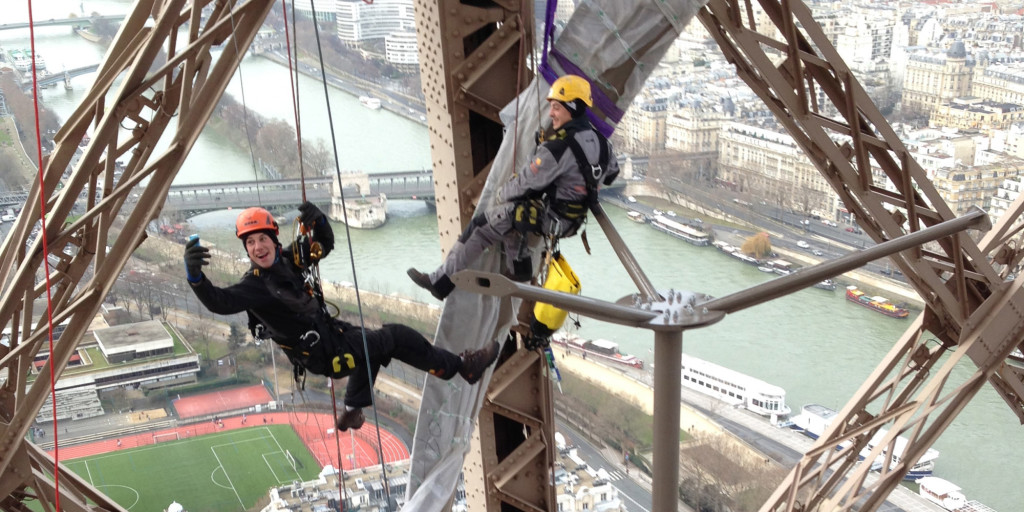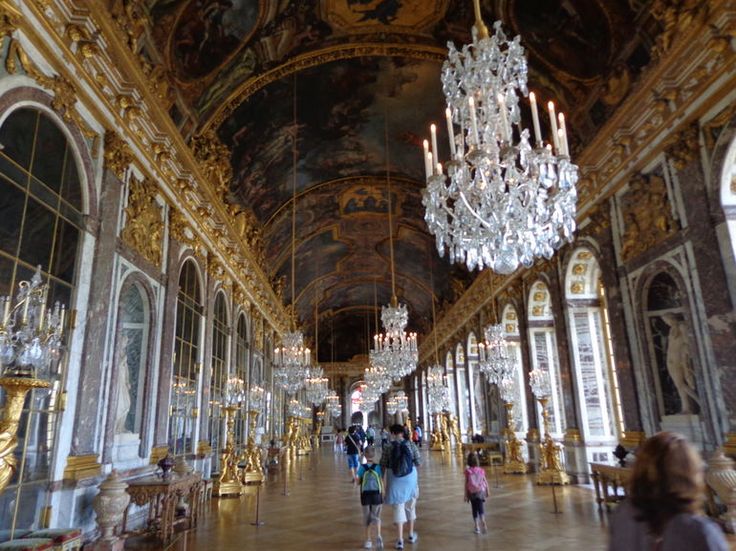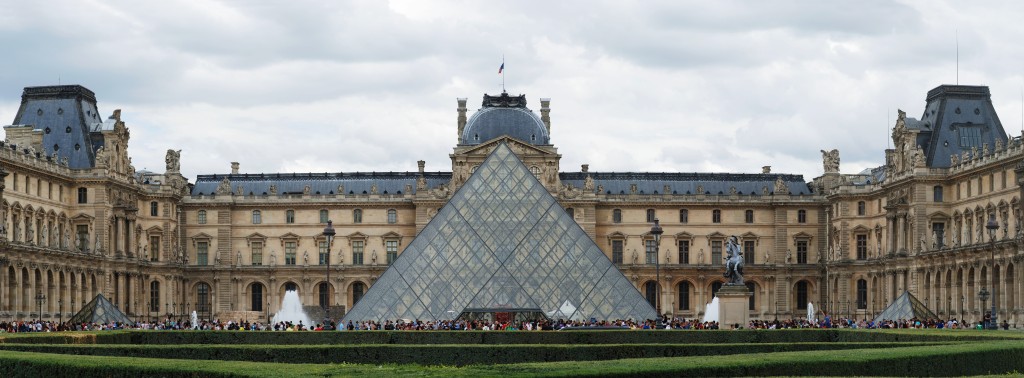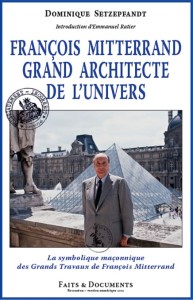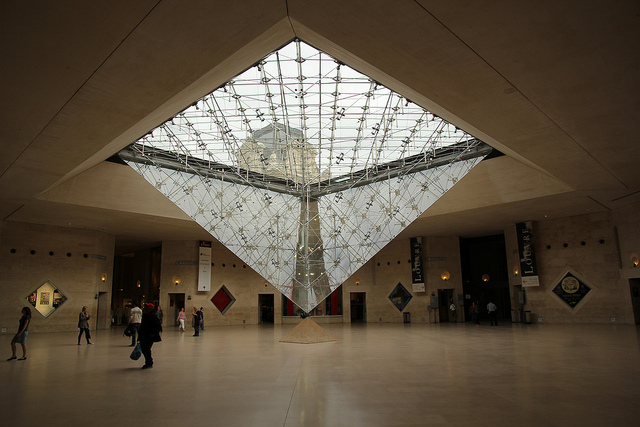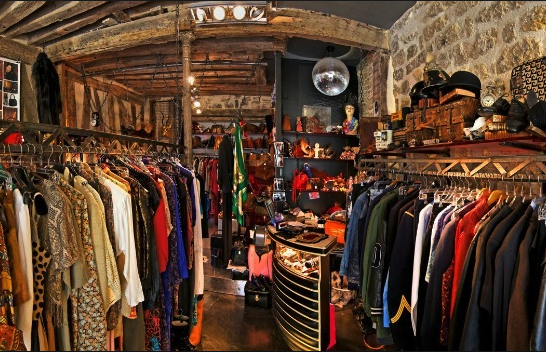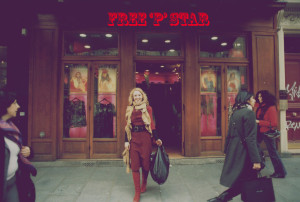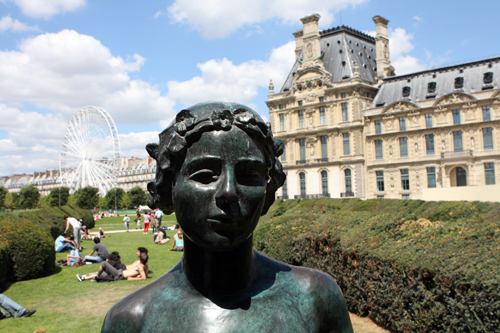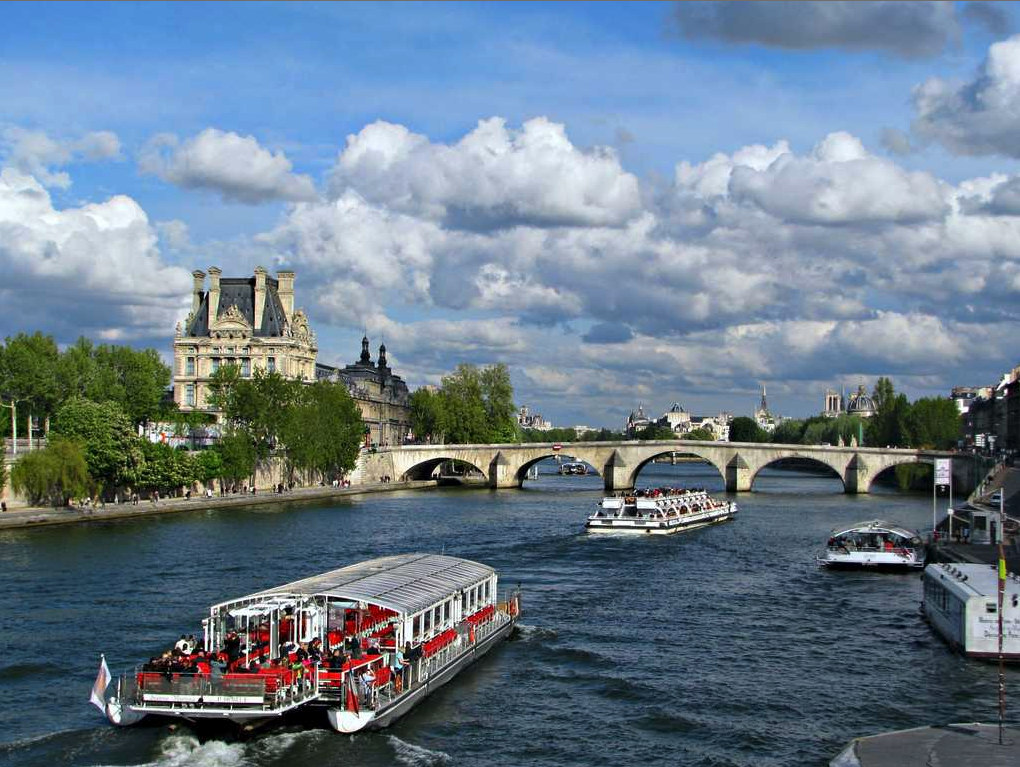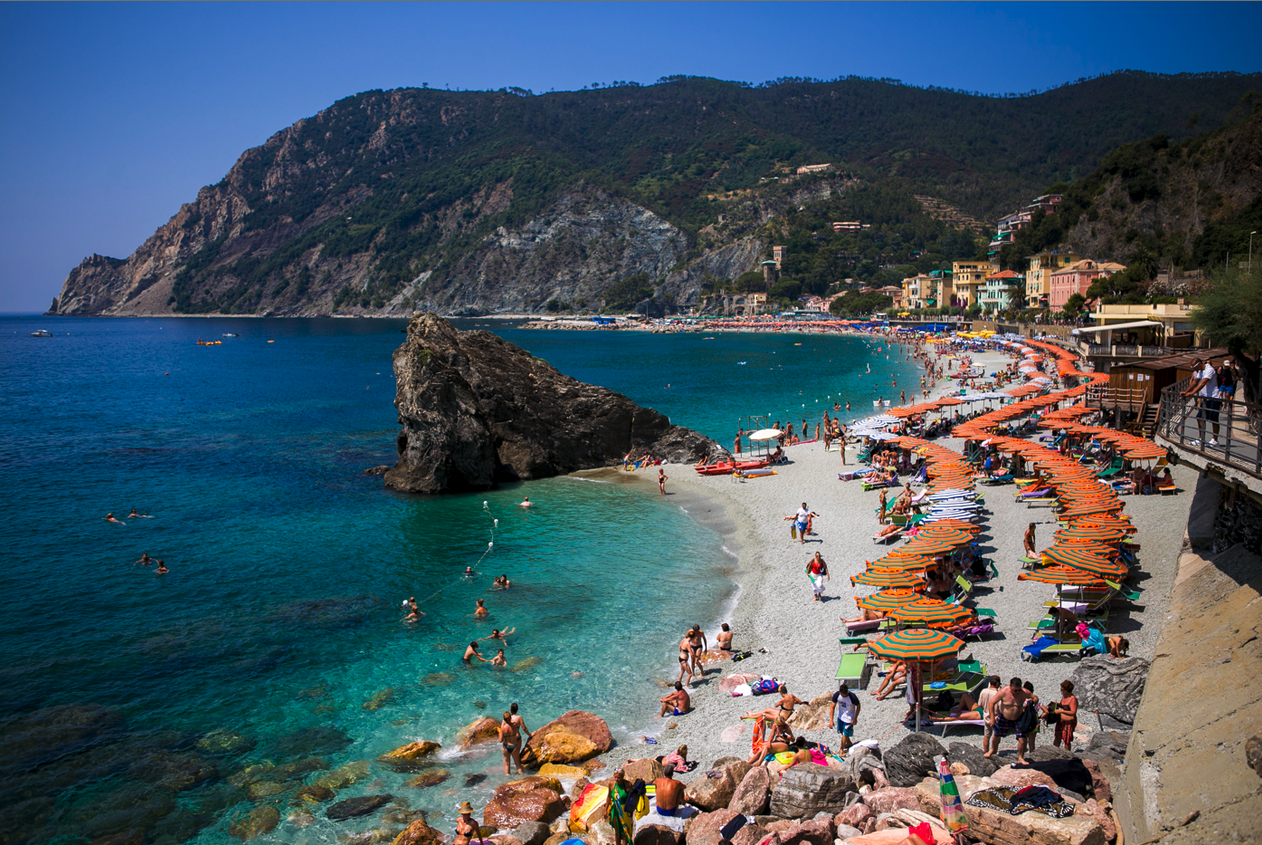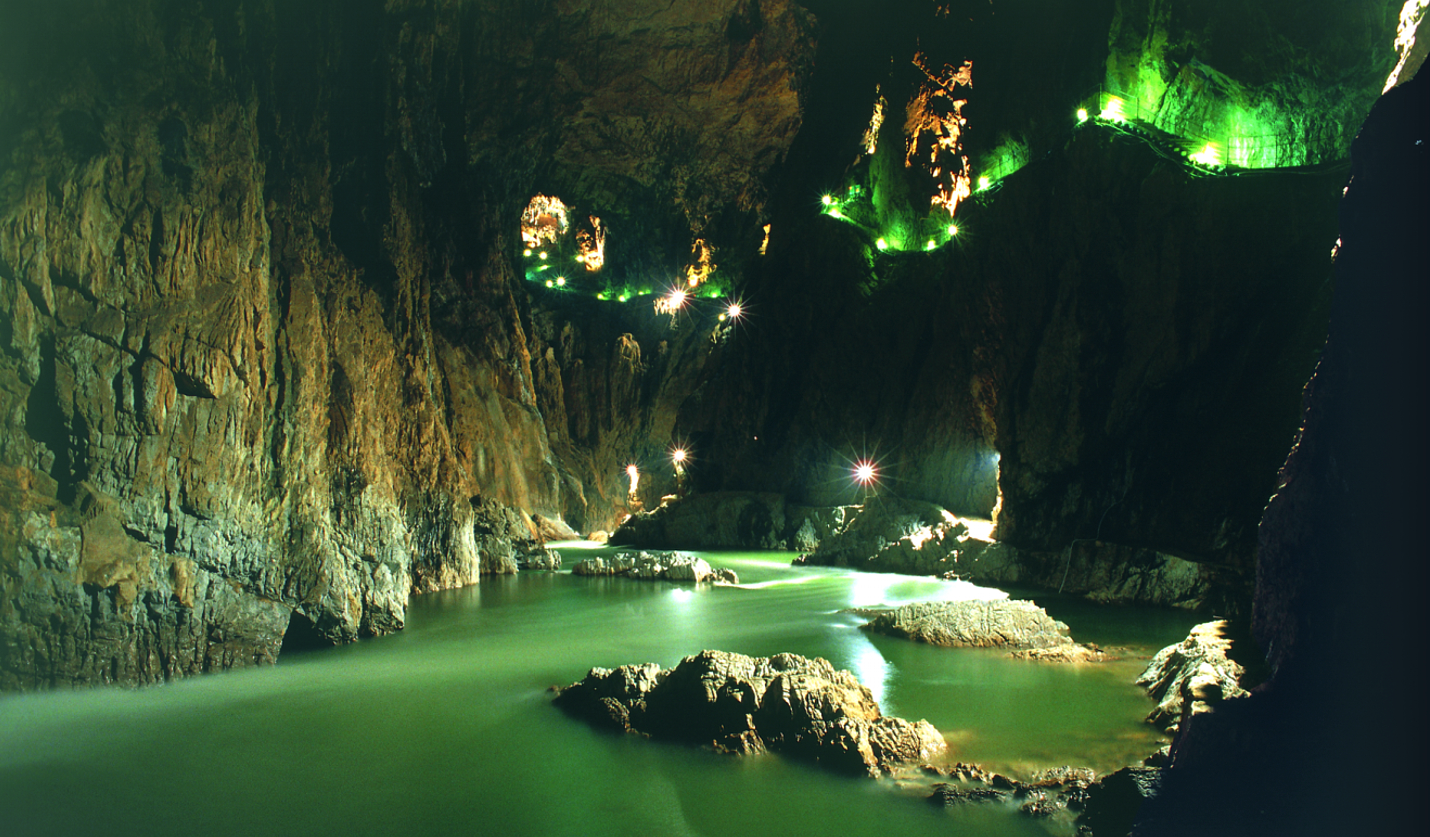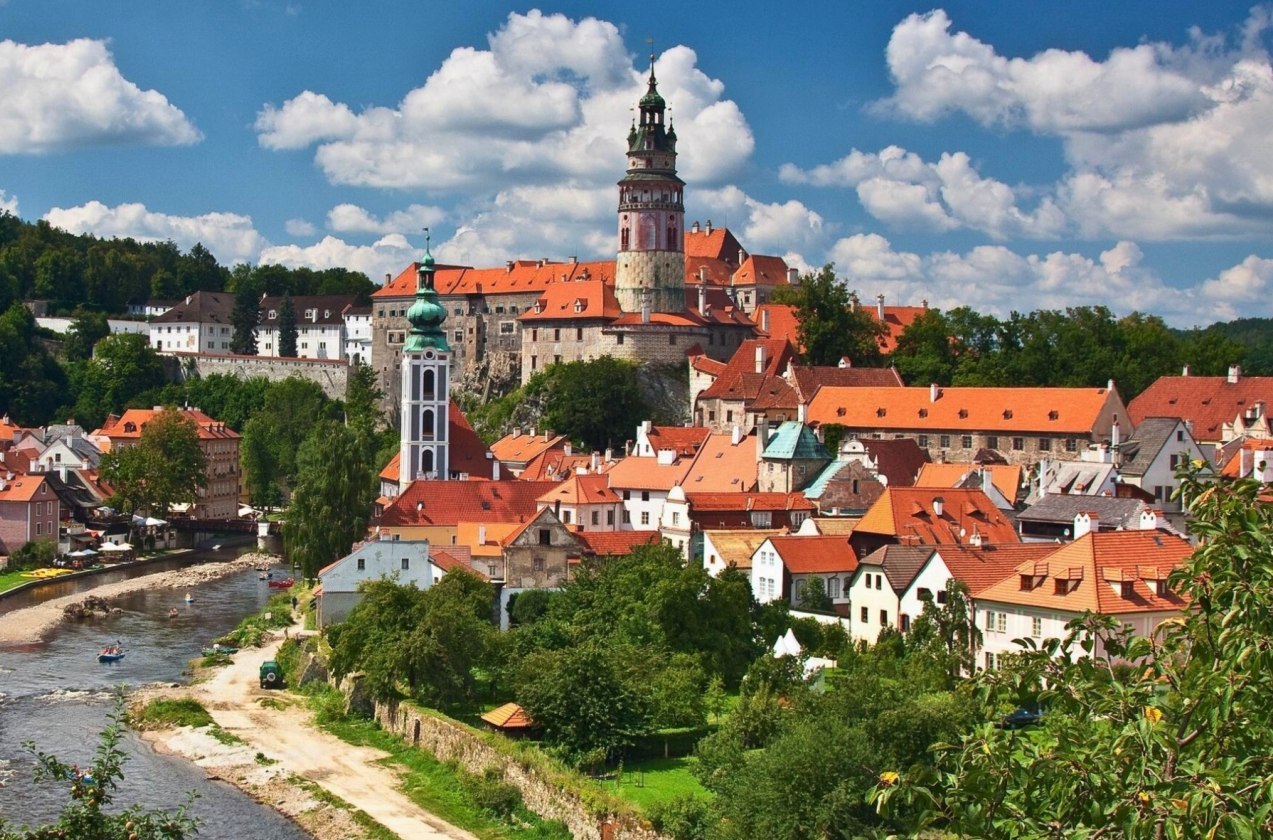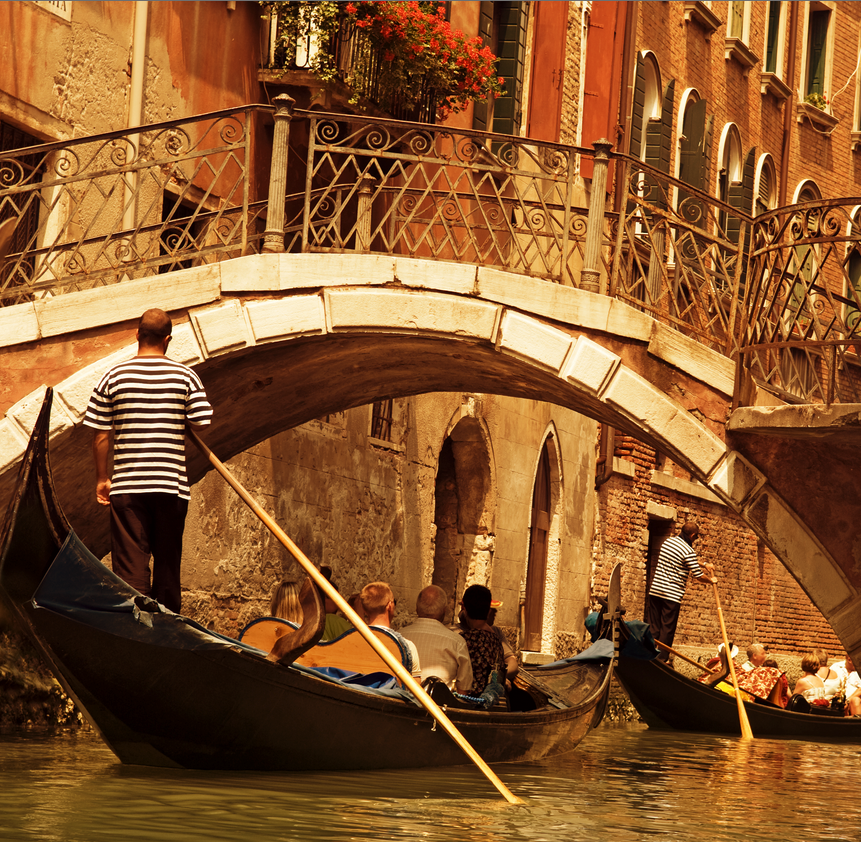7 simple tips to "café" like a pro in Paris
I know café is not really a verb. But I’m choosing to ignore that.
So how does one “café” in Paris? Follow these 7 simple tips from the Paris Tourist Office and your waiter might not even realize you’re a tourist (unlikely, but possibly!).
1. There’s no rush. Drinks are priced to allow you to take your time at the table, chatting with friends, people-watching, reading a newspaper, writing notes or postcards. The waiter won’t harry you. One cup of coffee allows you to sit at the table for quite a long time, but probably not all day.
2. Smoking is prohibited inside all cafés and restaurants, but not at open-air tables. Depending on the breeze, smoke from outside tables can waft into the café. If you’re particularly sensitive to tobacco smoke, choose your table accordingly. This particular little annoyance needs attention, not least because it means that non-smokers are obliged to sit inside, even on a hot and muggy day. Still, it’s a marked improvement on the days when, if you asked for a non-smoking table inside a restaurant, you could well end up just a foot from a ‘smoking’ table.
3. Café means coffee: the correct term for the place where you have a coffee is café-bar, because Paris cafés serve all sorts of drinks, hot and cold, including herbal teas (infusion and tisane), mineral water, beer, wine and pastis….well, just about anything!
4. Cafés serve food as well, from croissants and tartines in the morning to soups, croque monsieur and other lunchtime dishes, to elaborate dishes for dinner. Even though they are not restaurants, you can order the equivalent of a three-course dinner with wine or beer at a café.
5. Many cafés offer service non-stop, meaning they’re open from morning till night. This is useful to know, because many restaurants traditionally close during the late afternoon between lunch and dinner.
6. To call the waiter, say ‘Monsieur’ (not ‘Garçon’). Adding ‘S’il vous plait’, also helps, as does saying ‘Bonjour’ when you first arrive, and ‘Au revoir’. Forget these little niceties, and you could end up waiting longer than you’d like.
7. Tips, also known as the service charge, are included in all the prices printed on menus. So, you don’t need to leave anything additional. Of course, if it amounts to small change, why not?
OneLife Tours is dedicated to the absolute best in European travel experiences. Our Grand Tour of Europe features 3 days in Paris, where you’ll have plenty of time to visit the traditional cafés. Contact our chief tour director Craig Bresett for more information.
[author] [author_image timthumb=’on’]https://pbs.twimg.com/profile_images/506116251454697472/4blfsXiS.jpeg[/author_image] [author_info]This blog happily shared with you by Craig Bresett (enjoying a caffé latte) – owner and chief tour director at OneLife Tours. Contact Craig anytime: craig@onelifetours.ca[/author_info] [/author]

